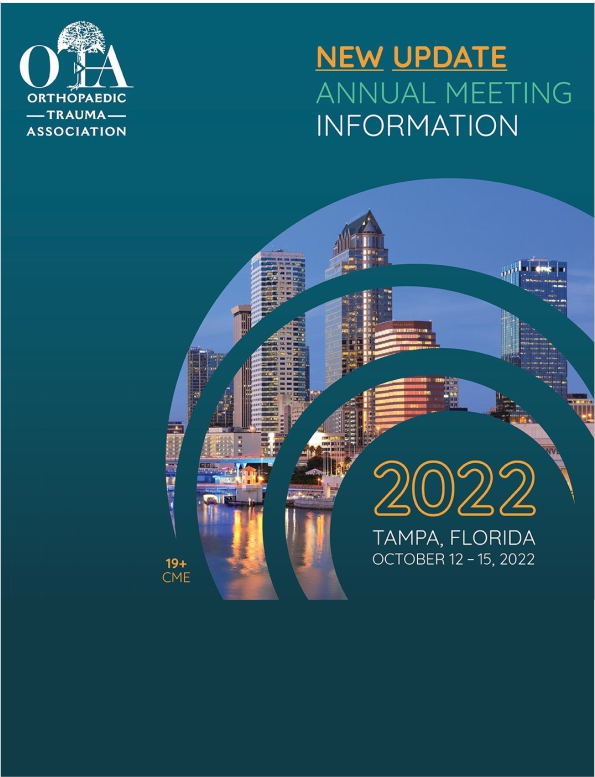
OTA 2022: Clinical Factors Associated with Ventilator-Free Days in Acute Unstable Chest Wall Injury

OTA 2022: Clinical Factors Associated with Ventilator-Free Days in Acute Unstable Chest Wall Injury
Baseline Clinical Factors Are More Predictive of Ventilator-Free Days Than Operative or Nonoperative Treatment of Acute Unstable Chest Wall Injuries: Results from a Previous Randomized Controlled Trial
Did you know you're eligible to earn 0.5 CME credits for reading this report? Click Here
CONFERENCE ACE REPORTS
This ACE Report is a summary of a conference presentation or abstract. The information provided has limited the ability to provide an accurate assessment of the risk of bias or the overall quality. Please interpret the results with caution as trials may be in progress and select results may have been presented.
Synopsis
207 patients with acute unstable chest wall injuries were included in this secondary analysis of a randomized controlled trial comparing operative (n=108) and non-operative (n=99) management. The primary outcome of this study was to evaluate the clinical factors associated with the number of ventilator free-days within 28 days of injury. A multiple linear regression was performed. The results of t...
To view the full content, login to your account,
or start your 30-day FREE Trial today.
FREE TRIAL
LOGIN
Forgot Password?
Explore some of our unlocked ACE Reports below!

Learn about our AI Driven
High Impact Search Feature
Our AI driven High Impact metric calculates the impact an article will have by considering both the publishing journal and the content of the article itself. Built using the latest advances in natural language processing, OE High Impact predicts an article’s future number of citations better than impact factor alone.
Continue



 LOGIN
LOGIN

Join the Conversation
Please Login or Join to leave comments.